Stats Advertisers Need To Know About Native Video
As consumers’ attention shifts towards digital media, ad dollars are following, and native advertising is coming into its own. In 2019, eMarketer predicts an $8.66 billion rise in spending on native ads to total $44 billion.
Within that, native video advertising is one of the fastest growing segments. In 2020, eMarketer forecasts that advertisers will spend 38.7 percent of their digital video advertising budgets on native video.
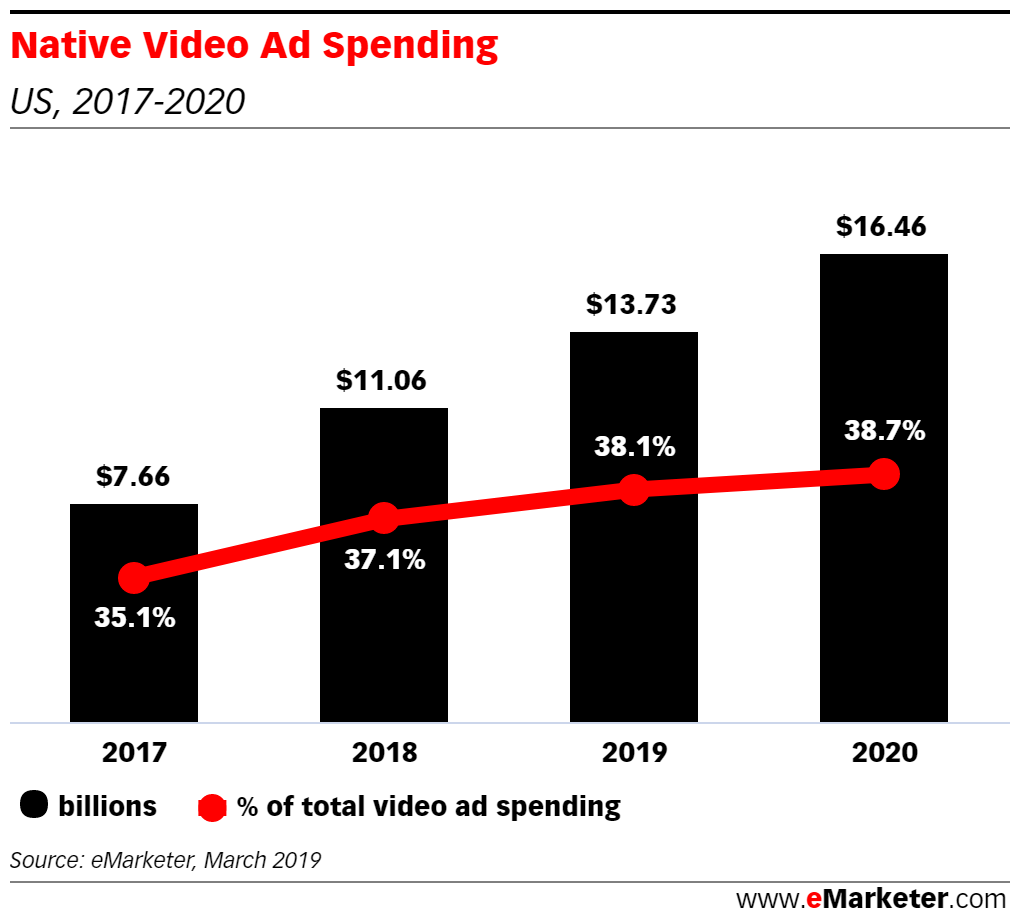
That’s hardly surprising, as digital video has always attracted web users. Research from Google says it helps viewers discover brands, and moving from viewing to shopping is often seamless.
While many people are blind to display ads, or even actively block them, it’s not the same for video. In fact, audiences are watching more video content than ever before. That makes native video ads the perfect way to get their attention.
The bottom line is: if you’re not already using native video ads in your marketing mix, it’s time to start. This guide explains what native video advertising is and the platforms where it’s used. It also shares some native video ad examples you can use as inspiration for your own strategy.
What is Native Video Advertising?
Native video advertising is the seamless integration of branded messages into existing content. It usually consists of in-feed video ads uploaded directly to different platforms that are finely targeted to your desired audience.
It’s not a hard sell, however. Like native advertising in general, native video content is informative and entertaining, two of the characteristics that most appeal to online video viewers.
These ads offer a way to share information with social media users without disrupting their browsing experience, and then entice them to click through. In fact, many in-feed video ads play automatically without sound, or are click-to-play.
How to Start a Discovery Campaign From Scratch
Native Video vs. Pre-Roll
To the untrained eye, discerning the difference between native video and pre-roll video ads may seem tough. But, the two have a few key differences that set them apart from one another.
The largest difference of all between these two types of video ads is the ability for people to choose, or not have a choice in, consuming them. Pre-roll video ads act as a barrier to the content the person is trying to consume, and they are forced to watch the video in order to proceed. Native videos, on the other hand, present the option to simply keep on scrolling, without any disruption or barrier to the desired user experience.
Native Video Advertising Examples
Social media networks are a key place to run native video ads. The top native advertising networks for in-feed video ads are Facebook, Twitter, Instagram, Pinterest and YouTube. You can run desktop and mobile native advertising on these sites. We’ve already shared some native advertising examples for the open web, search and social media, but now let’s look specifically at examples of native video ads.
1. Facebook Native Video Example
Here’s a Facebook native video from Microsoft. The promo shows people of different ages and capabilities using a new game controller. This video succeeds in engaging its audience because it appears to feature real people in real situations.
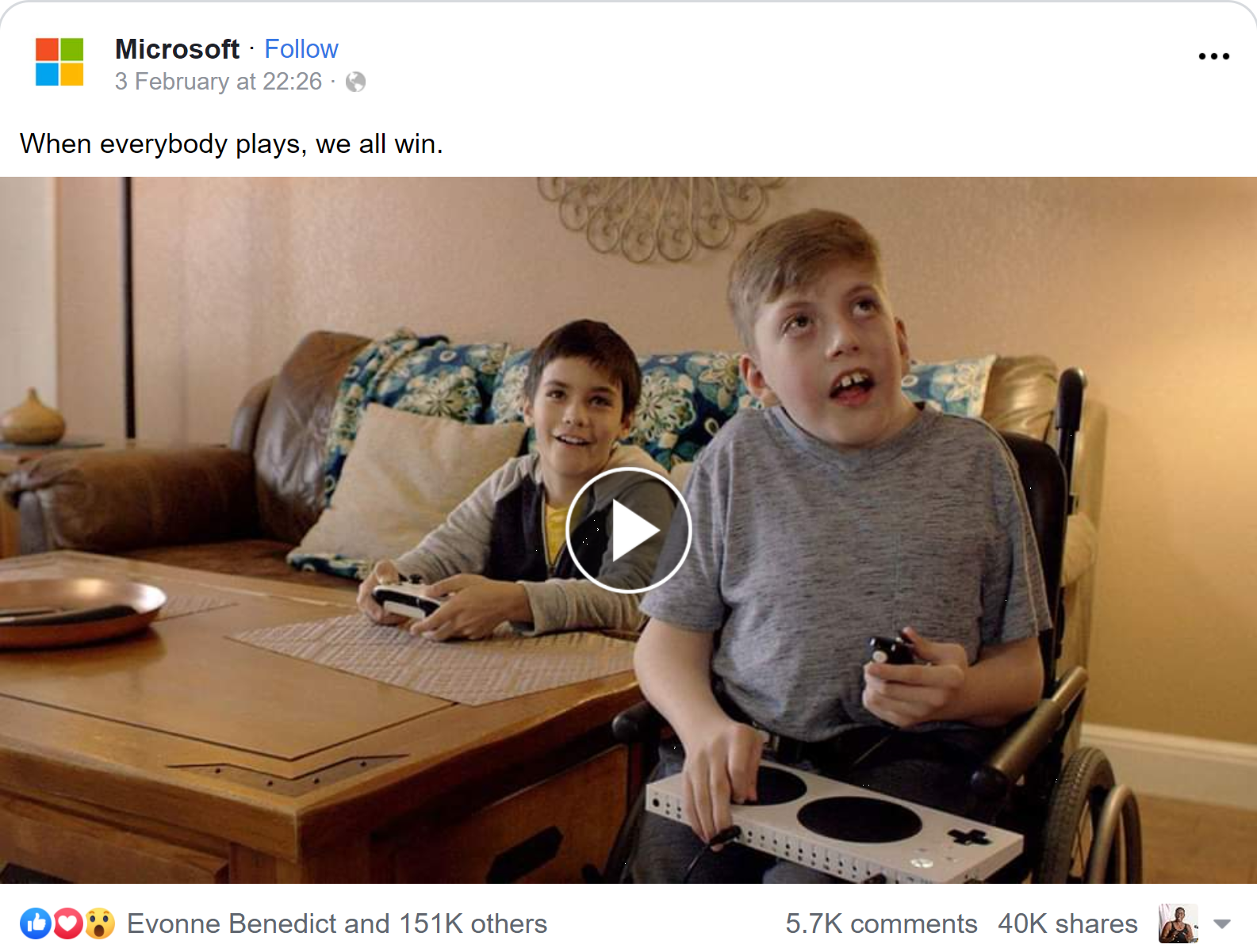
In addition to more than 150,000 reactions to date, it’s had over 5,700 comments. Plus, people have shared the video more than 40,000 times, expanding its reach beyond Microsoft’s own fans.
2. Twitter Native Video Content
Trebor used native video on Twitter to engage its followers and build brand awareness. Using the #GiveMeStrength hashtag (a British expression used in annoying situations), the company highlighted everyday annoyances with short videos.
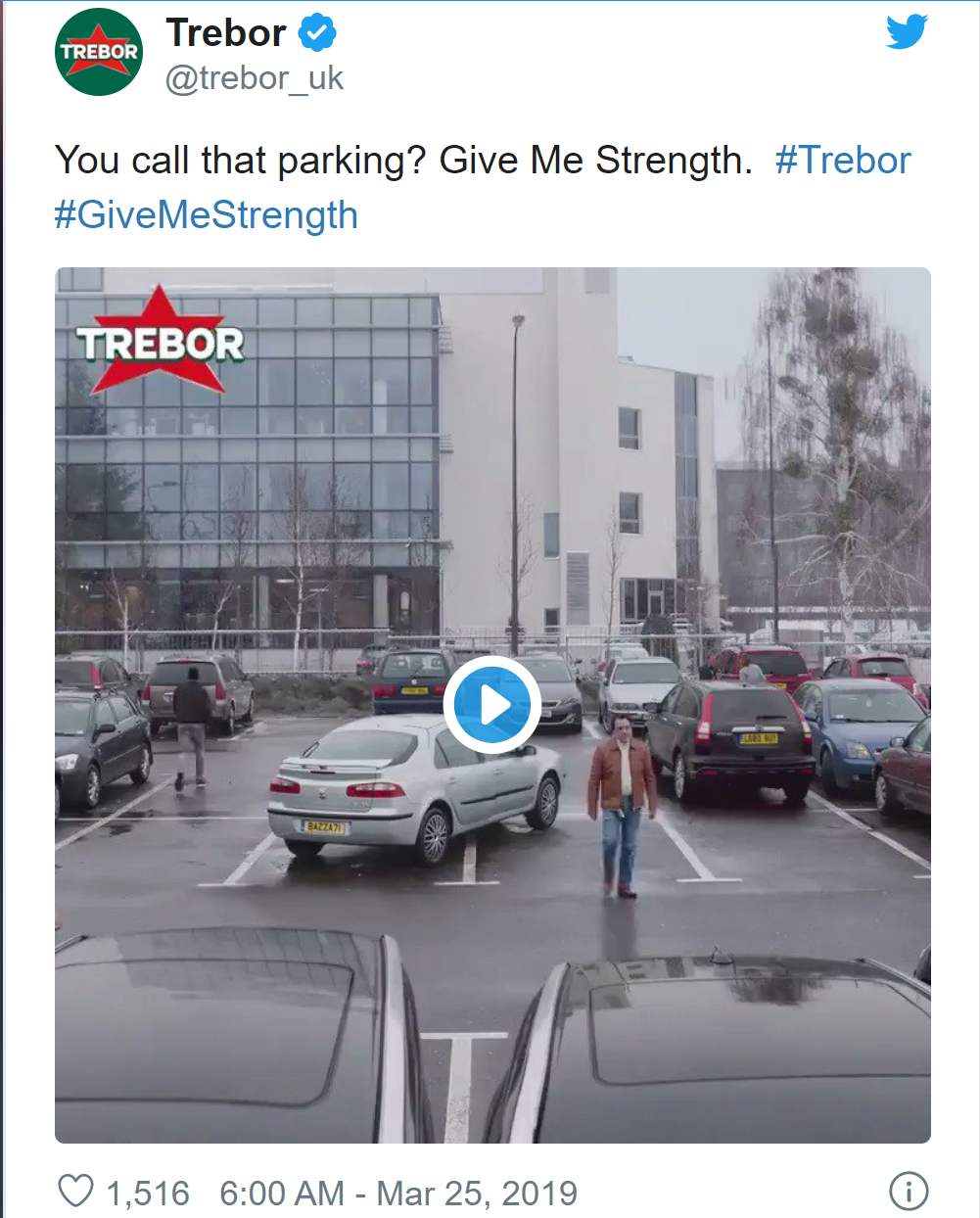
This native video campaign works because it is targeted to its British audience, not just with the hashtag, but with a humorous approach to life’s little challenges. Note: short videos work well for the large number of mobile device users on Twitter. The initial campaign got 16 million views, and resulted in an 8% increase in brand awareness.
3. Instagram Native Video Ads
On Instagram, you’ve got a couple of choices for using native video. One option is in-feed native video ads.
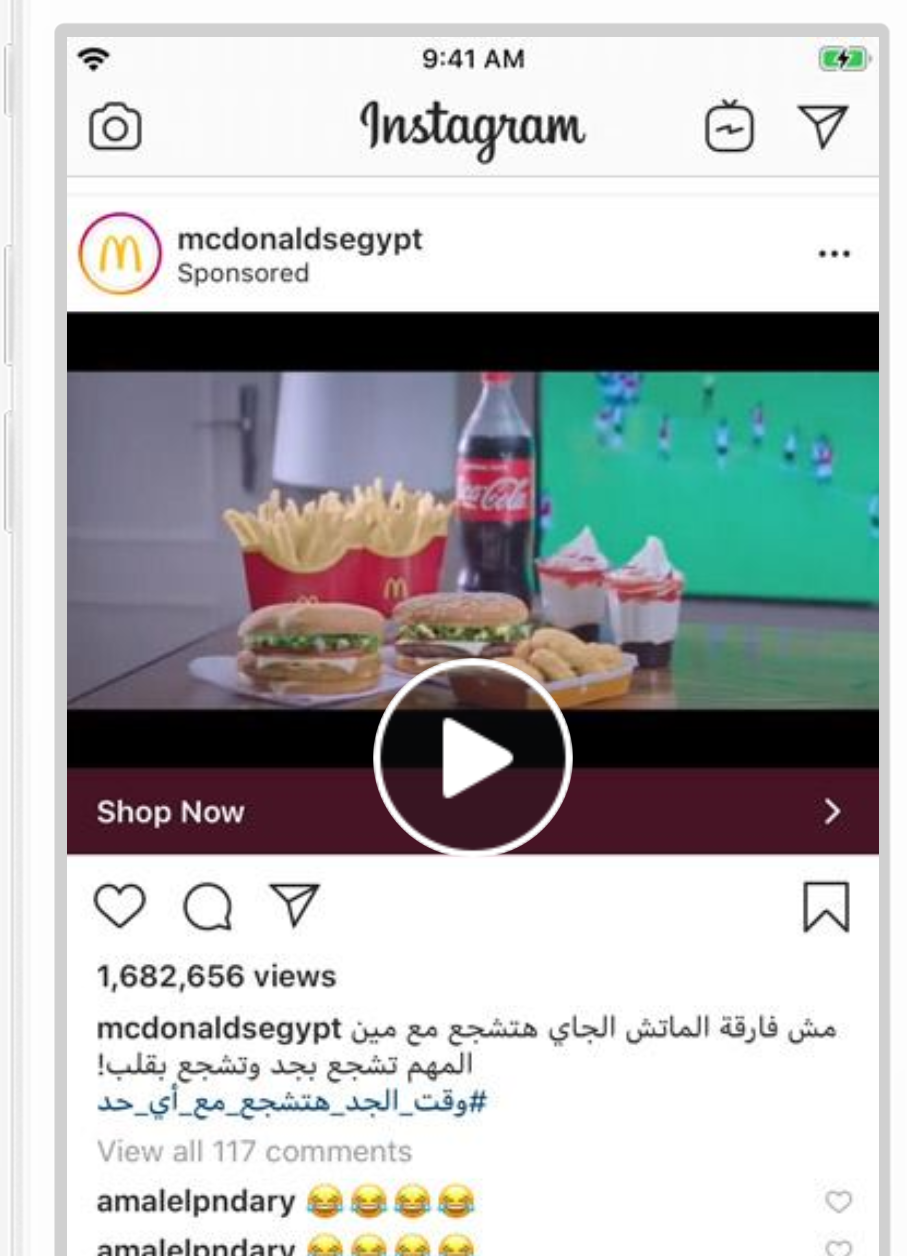
McDonalds Egypt used in-feed video to promote an app for the African Cup of Nations, along with a special menu for that event. The company targeted its audience according to lifestyle, interests, and behavior. The campaign resulted in a 5.5 point improvement in brand awareness, a 4.1 point increase in message association, and a 9.6 point boost in ad recall.
In addition to in-feed ads, Instagram lets you run ads inside Stories. This feature is also available on Facebook.
4. Pinterest Native Video Advertising
MasakTV used video pins to reach 18 to 24-year-olds in Indonesia. The digital video company makes cooking tutorial videos, and wanted to highlight easy Indonesian recipes to make during Ramadan.
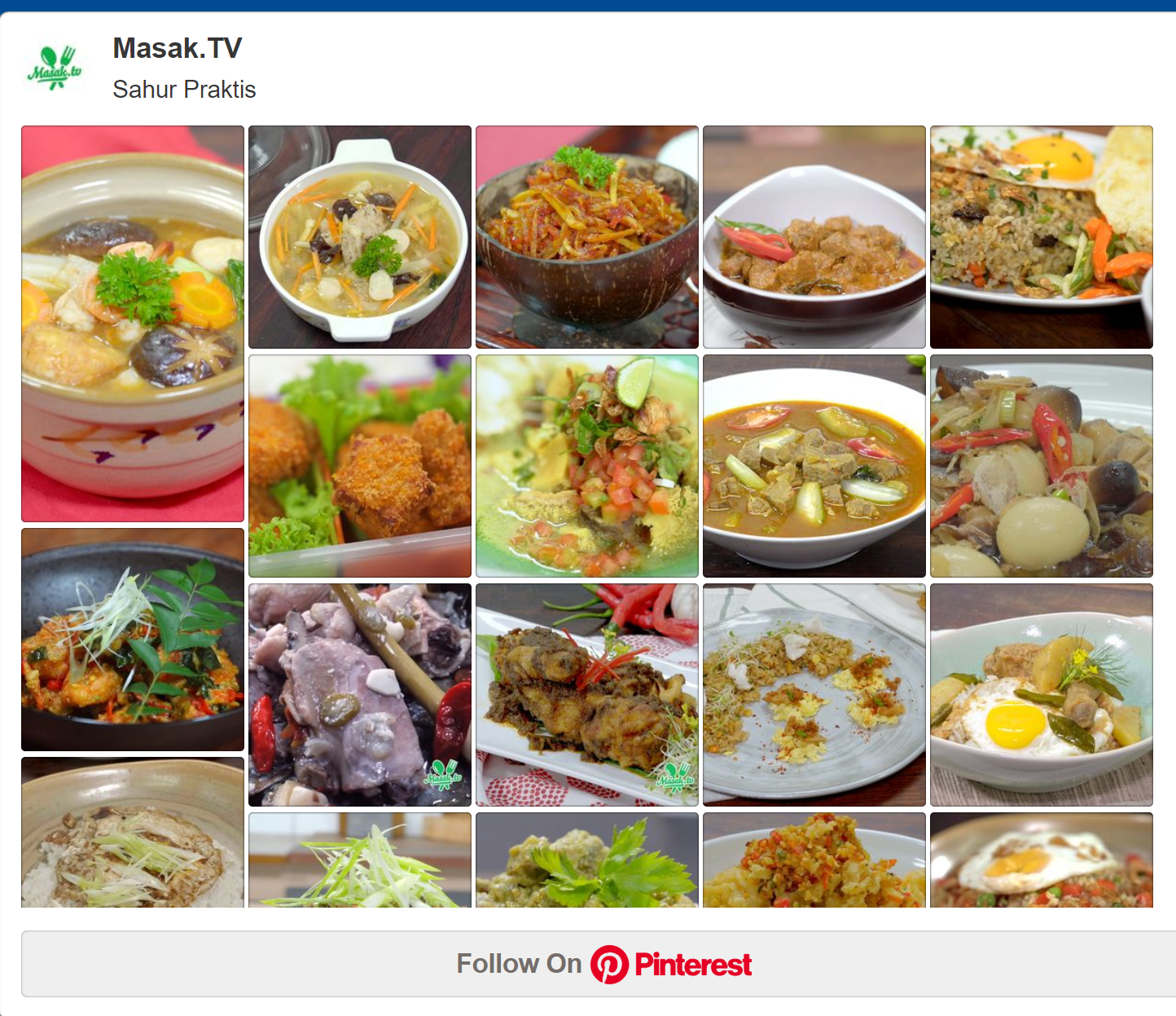
It published these via a special board, and successfully connected with its target audience. The campaign tripled video views and quadrupled impressions. And 39 percent of its traffic came from its core 18 to 24-year-old audience.
5. YouTube Native Video Ads
Sony Pictures Entertainment (SPE) in Thailand used mobile native video advertising on YouTube and other popular social media sites to increase awareness of its upcoming Spiderman, Goosebumps and Venom movies. It produced trailers, such as the YouTube native video example below:
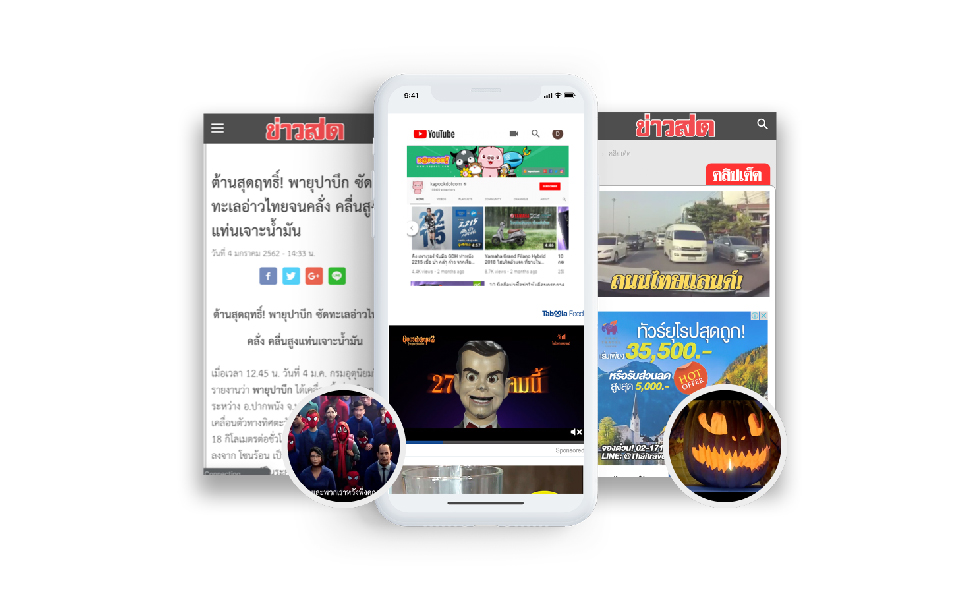
The campaign targeted mobile and tablet users in Bangkok. It was very successful, resulting in 194,000 completed video views and 411,000 impressions.
6. Taboola Native Video Ads
Of course, you don’t have to choose a single platform. Some Taboola customers have had success by running native video advertising on multiple social media sites and via the Taboola feed.
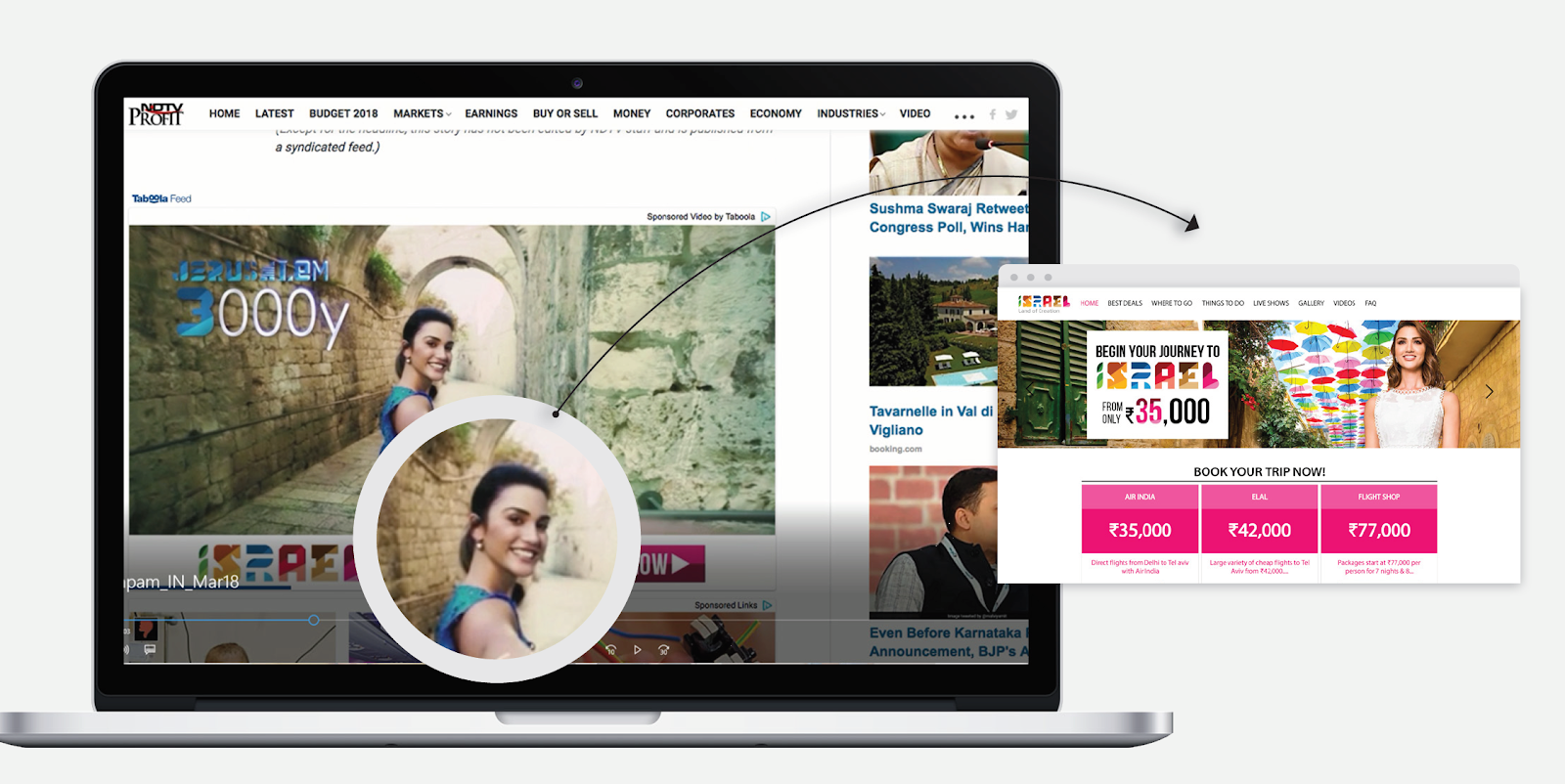
The Israeli Ministry of Tourism, for example, ran native video ads on YouTube, Facebook, and Taboola publisher sites, with the aim of increasing brand awareness. The campaign converted 40 percent better on Taboola than on other platforms, and achieved 30 million video impressions.
7. Google In-Feed Video Ads
Yieldbird enabled in-article and in-feed videos for their publisher clients to help them improve monetization effectiveness without requiring developer work from the publishers. These ad formats delivered eCPMs that were 10X higher than display-only creatives.
Having these videos ads appear in existing ad units, competing with display demand, resulted in 50%+ higher eCPMs for display ads as well. As a result, Yieldbird’s publisher clients saw more than a 30% increase in revenue.
You’ve seen the importance of native video advertising, and the results it brings for businesses in terms of engagement and brand awareness. Now, it’s your turn to get started with native advertising.